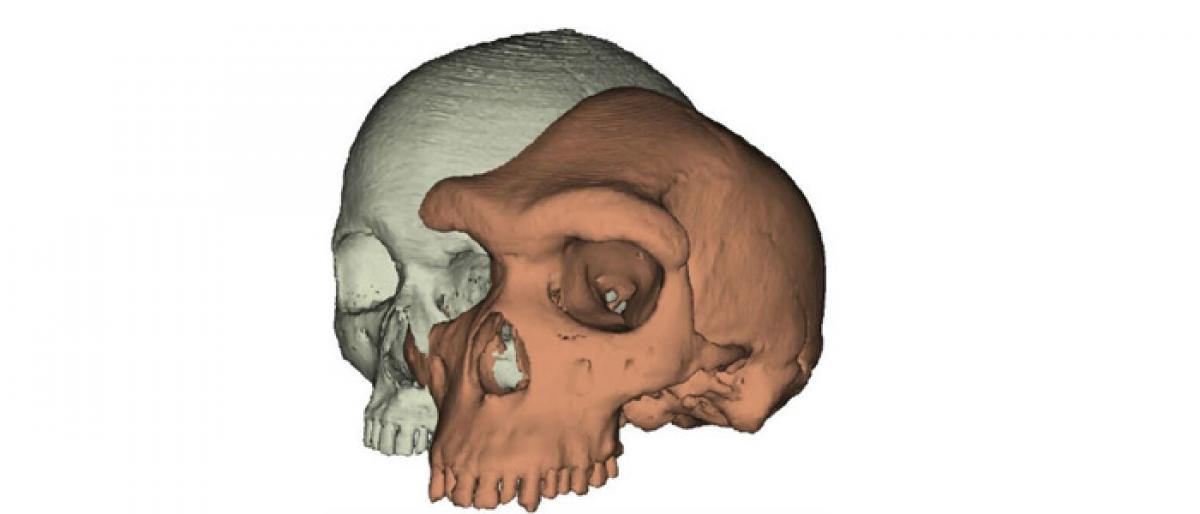Live
- Children’s Rights Day celebrated grandly
- YSRCP forms spl teams to support social media activists
- AI-driven dataset to reveal new insights around diabetes
- Nurturing curiosity, empathy & innovation in children
- Vizianagaram MLC bypoll cancelled
- Governor Abdul Nazeer pays tributes to Pandit Nehru
- AP Assembly session continues for fourth day, discussion on budget today
- YSRCP leader Gowtham Reddy booked for attempt to murder
- Chief Minister A. Revanth Reddy Extends Kartika Purnima Greetings
- CM A. Revanth Reddy Wishes People on Guru Nanak Jayanti
Just In
Expressive brows may have played key role in human survival


Highly mobile eyebrows that can be used to express a wide range of subtle emotions may have played a crucial role in human survival, a study suggests. Like the antlers on a stag, a pronounced brow ridge was a permanent signal of dominance and aggression in our early ancestors, said researchers at the University of York in the UK.
London: Highly mobile eyebrows that can be used to express a wide range of subtle emotions may have played a crucial role in human survival, a study suggests. Like the antlers on a stag, a pronounced brow ridge was a permanent signal of dominance and aggression in our early ancestors, said researchers at the University of York in the UK.
The modern humans traded this for a smooth forehead with more visible, hairy eyebrows capable of a greater range of movement, they said. Mobile eyebrows gave us the communication skills to establish large, social networks; in particular to express more nuanced emotions such as recognition and sympathy, allowing for greater understanding and cooperation between people.
The study published in the journal Nature Ecology and Evolution contributes to a long-running academic debate about why other hominins, including our immediate ancestors, had gigantic brow ridges while anatomically modern humans evolved flatter foreheads.
"Looking at other animals can offer interesting clues as to what the function of a prominent brow ridge may have been," said Paul O'Higgins, a professor at the University of York. "In mandrills, dominant males have brightly coloured swellings on either side of their muzzles to display their status," O'Higgins said. "The growth of these lumps is triggered by hormonal factors and the bones underlying them are pitted with microscopic craters - a feature that can also be seen in the brow bones of archaic hominins," he said.
Using 3D engineering software, the researchers looked at the iconic brow ridge of a fossilised skull, known as Kabwe 1, held in the collections of the National History Museum. It belonged to a species of archaic hominin -- Homo heidelbergensis, who lived between 600,000 and 200,000 years ago.
The researchers said that sexually dimorphic display and social signalling is a convincing explanation for the jutting brows of our ancestors. Their conversion to a more vertical brow in modern humans allowed for the display of friendlier emotions which helped form social bonds between individuals, they said.

© 2024 Hyderabad Media House Limited/The Hans India. All rights reserved. Powered by hocalwire.com






